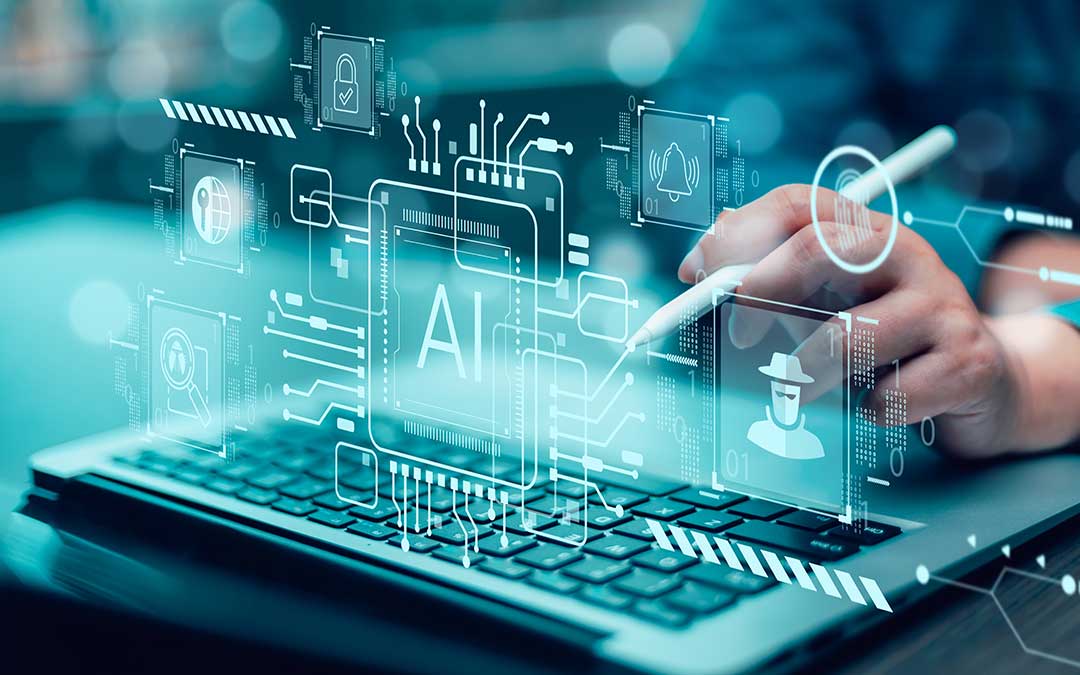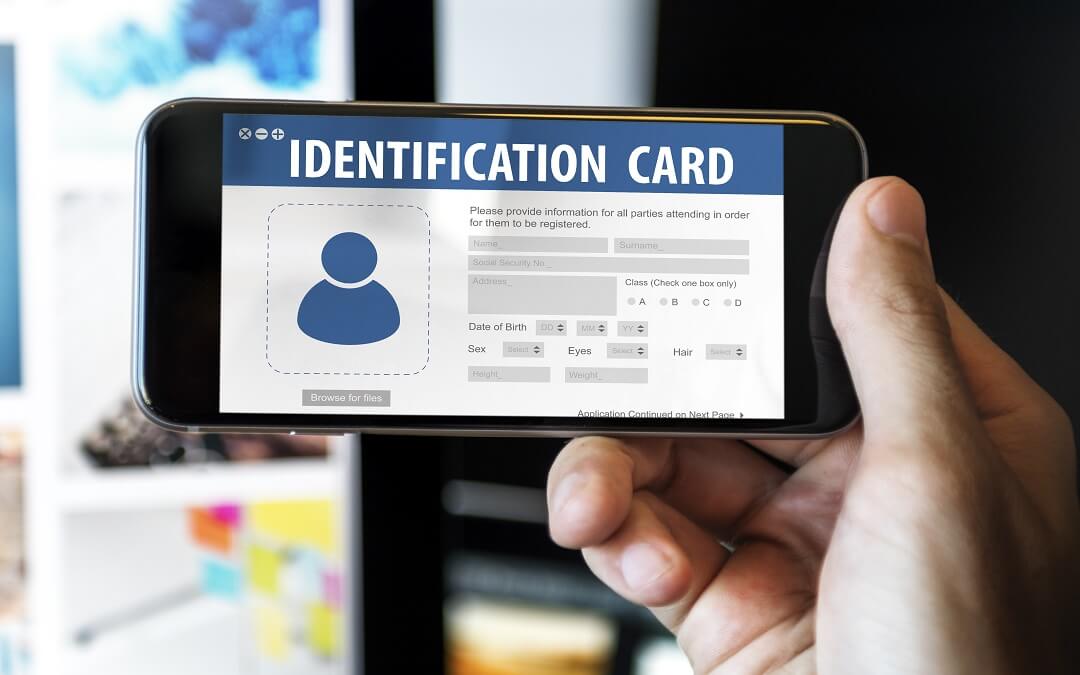- Technology
- Uploaded In: 2023
Top 5 cybersecurity threats to watch out for in 2023
As the digital landscape continues to evolve, so do the threats that aim to exploit it. In 2023, it is expected that cybercriminals will continue to use increasingly sophisticated methods to gain unauthorised access to sensitive information and disrupt critical systems. Industry experts need to keep an open eye on cybersecurity threats, to best lead their organisation and avoid being a part of any data privacy mishaps.
What worries businesses now in terms of cybersecurity
In a recent survey conducted by IEEE, which included 350 chief technology officers, chief information officers, and IT directors, 51% of participants cited cloud vulnerability as their top concern, whereas 43% cited data centre vulnerability, highlighting the need for organisations to focus on securing their cloud and data centre infrastructure. these areas are becoming increasingly targeted by cyber criminals.
The information security industry is on high alert due to a variety of new and growing cybersecurity threats. The data and assets of businesses, governments, and people are always at risk due to sophisticated cyber-attacks involving malware, phishing, identity theft and more. Here are the top 5 cybersecurity threats to watch out for in 2023:
Ransomware
Ransomware attacks, in which hackers encrypt a victim's files and demand a ransom in exchange for the decryption key, continue to be a major threat. There were 236.1 million ransomware infections worldwide in just the first half of 2022. Although this does not imply that every attempt was successful, it does show how common this cyber threat is. Threat actors can now very easily gain access to powerful ransomware tools and with just a little technical know-how, fraudsters may launch attacks that cost businesses millions of dollars. These attacks have become more targeted, and attackers are now demanding larger ransoms. If these attacks continue, businesses, governments, people, and organisations across almost every industry will be plagued by ransomware.
Data Poisoning
Artificial intelligence and machine learning (AI/ML) are sometimes a double-edged sword as businesses use them to boost their defenses and avoid cybercrimes. AI and machine learning (AI/ML) surely open up new possibilities for businesses in every industry, according to an IBM 2022 survey that revealed that 35% of organisations were utilising AI in their business and 42% were exploring it. But as hackers become more sophisticated, they are also using this technology to carry out their own attacks. AI and data poisoning are two methods used by attackers to do this, which presents a serious challenge for those in the field of cyber security.
Cloud-based attacks
The number of attacks on cloud infrastructure has risen sharply in recent years, with the COVID-19 pandemic playing a significant role in this trend. As businesses of all sizes had to quickly adapt to new ways of operating, many turned to cloud-based solutions. According to Gartner, it is anticipated that global end-user spending on public cloud services will reach $591.8 billion in 2023 and by 2025 over 95% of new digital workloads will be deployed on cloud-native platforms. As a result, businesses must now consider new and robust security strategies to manage the growing risks associated with cloud services. The following statistics reflect the growing popularity of cloud computing and the corresponding increase in attacks on these systems in recent years.
AI-based attacks
In cybersecurity, artificial intelligence is becoming more and more significant, both for good and harm. The most recent AI-based techniques can help organisations better identify risks and safeguard their systems and data resources. However, cybercriminals can use this technology to drive complex attacks. AI can be used to detect patterns in computer systems which reveal vulnerabilities in software or security programs and hackers can exploit these weaknesses. AI can also be used in combination with stolen personal information or publicly available data, such as social media posts, to create large numbers of phishing emails to spread malware or gather valuable information.
5G attacks
5G technology, although promising with its benefits, also poses some security risks that are worth considering. These may include an increased risk of supply chain attacks on 5G infrastructure, which could result in malicious software and hardware from untrusted vendors being used or the shift towards edge computing with 5G, where computing resources are located at the edge of the network rather than a central hub, may increase the likelihood of untrusted and potentially unsecured devices connecting to the 5G network.
As technology continues to evolve and play a central role in our lives, it is important for individuals and organisations to stay vigilant and adapt to the new threats that may arise using security measures like multi-factor authentication, keeping software updated and regularly backing up important data. Regularly training employees to detect and avoid potential cyber threats will be critical in protecting the organisation from a cyber-attack.
If you have any feedback on this article or would like to reach out to our team to know more, please email us at
communications@vfsglobal.com













